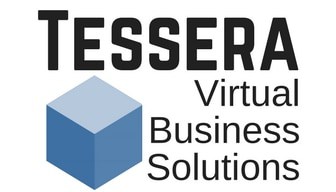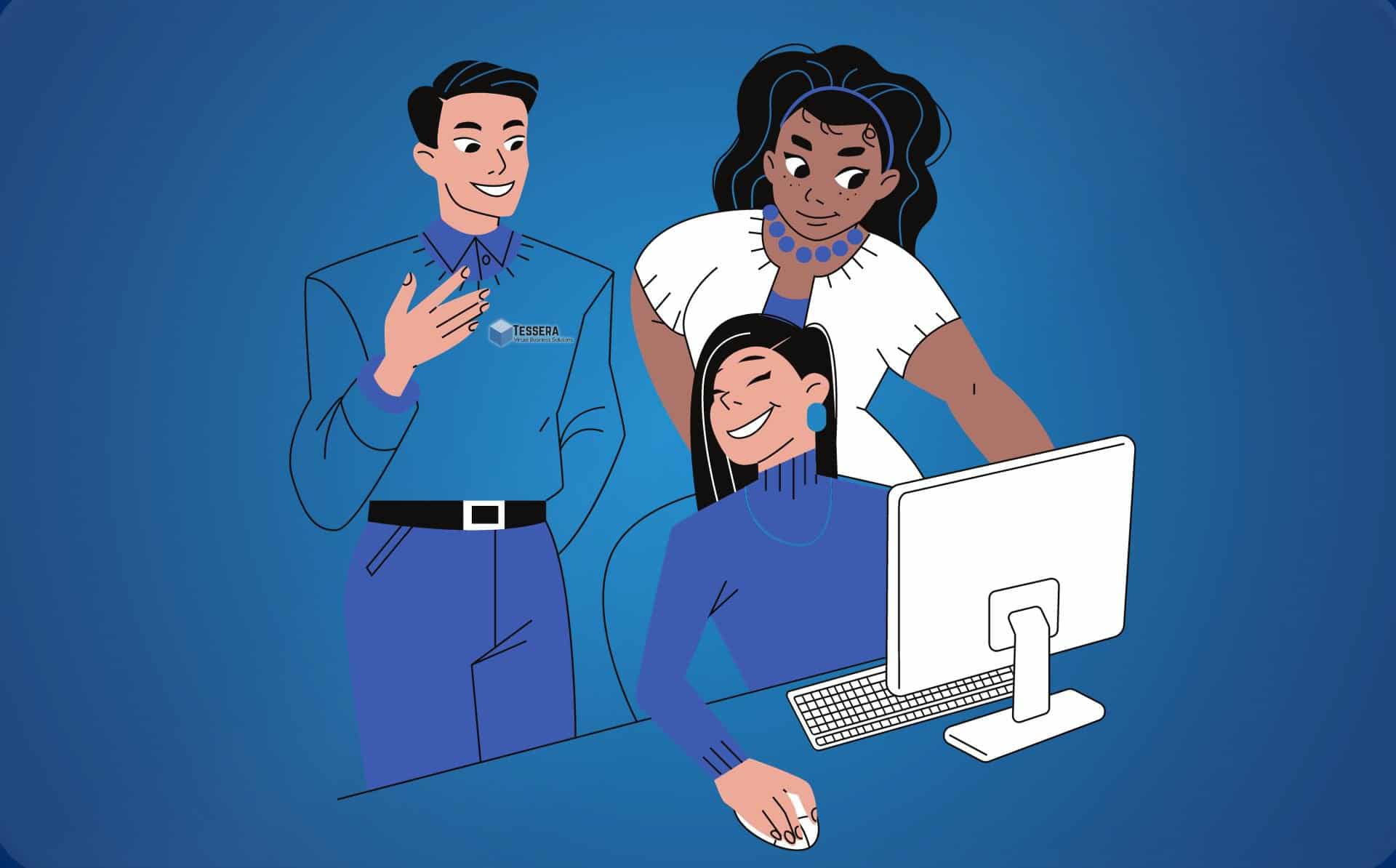You’re steering your small business through a period of rapid growth. You’re expanding quickly, meaning you need to bring in new talent fast. So you decide to hire a new contractor who can contribute their expertise and continue your steady growth.
You’re excited, but you realize there’s a key piece missing: a seamless onboarding plan for this new collaborator. Welcome to the place where process meets productivity, where the right onboarding strategy is the bridge between talent and a rapidly growing business.
Let’s explore some practical steps to tackle this process, making it smooth, efficient, and beneficial for you and your new team member.
Why have an onboarding process?
A dedicated onboarding process for new team members guarantees a smoother ride for everyone involved. Studies show that well-onboarded team members will be a part of your team for the long haul.
According to Zenefits, “There is a significant body of statistics indicating that a positive onboarding experience can increase engagement and productivity and give you the best chance of retaining that employee long-term.”
When you begin with a structured onboarding process, the results are no joke: improved employee retention by a staggering 82% and improved productivity by over 70%. Onboarding is not just a warm welcome; it’s a strategic move.
A great onboarding plan isn’t just a manual or a meet-and-greet; it’s a roadmap to ensure that the new team member hits the ground running, fitting seamlessly into the company culture and understanding their role from day one. It’s the secret ingredient to making sure your business doesn’t just hire a team member; it keeps and nurtures a family of professionals committed to your company’s success.
So what is involved in an onboarding process? Let’s take a look at five important steps to walk you through this vital part of your business growth.
Gather Details
This step is so obvious that it may be overlooked. But as your business grows, you may add people quickly, many of whom may be contractors. So keeping up with these details for each new team member is crucial.
Make sure you have a system where your new hire’s information can easily be retrieved. Consider creating a secure, cloud-based file for each person that will contain this information.
Key information that you want to gather includes:
- Full Name
- Phone Number
- Email address
- Time Zone
- W9 form – US contractors only
- Signed Contract, NDA, and IP Agreement
- Preferred work times
- Payment preferences
- Preferred communication method
Send a welcome email
One of the first things your new hire should receive is a welcome email from you. It is the starting point for a great connection and should begin with a warm greeting, introducing the other people in the company. You may want to provide a “who to contact” list for questions during onboarding.
Next, provide an overview of the company. Share the company’s values, its mission, and your vision for its future. Review the expectations of their role, including the level of autonomy that you desire. Remember that clarity is kind. Communicate clearly for better results.
After sending this welcome email, consider sending another email copying the new hire’s co-workers. The purpose of this second email is to introduce your new hire and let the others chime in with their own welcome responses. An even better idea is to schedule a 15-minute video call for everyone to meet the new team member and say hello.
Give access to tools, systems, and software
Your new contractor will need access to the systems and software needed to fulfill their role with you. This may include a company email address, logins to specific software, or an invitation to become a user of that software with your team.
This will be the time to also provide access to specific guides and training resources for your team’s tools. If you have specific SOPs for the processes your team uses, be sure to give access at this time.
One of the best ways I’ve seen this done is by using a work management tool like Asana. Create an onboarding project in the tool that your new team member owns. All the information related to the tools you use can be linked here along with any relevant guides or internal SOPs.
Provide a structured training plan
It is common for a new team member to feel overwhelmed with all the onboarding actions they need to take, the order they should be done, and a timeline for it to happen. At the same time, they are trying to absorb all the new information about their role.
One of the best gifts to give your new hire is to create a simple training plan, helping them see not only what onboarding tasks need to be done, but also by when. Add this plan to your Asana onboarding project. Here, you can add each task, assign it to the team member, and give it a due date. You can also add a priority field to show what is most important. Your new contractor can communicate easily with you on each task when questions come up.
Schedule regular check-ins
Part of the training plan should be time set aside at consistent intervals to check on them and their onboarding status during scheduled check-ins. This should be a time of support from you and a place for them to ask questions or express concerns they are having.
Keep the atmosphere light and create a culture of “no question is too small.” This will ensure a faster onboarding experience and a healthier start to your partnership.
Speaking of partnering, pull your new hire into team activities as quickly as possible. Consider inviting them to sit in on a meeting early on, which will help them see how the team interacts and what they can expect going forward.
Flexibility is key
Having a solid team onboarding process is a key component of a healthy, growing business. There’s no perfect plan, but putting these pieces in place will create a more productive and less frustrating experience for both you and your new team member.
When the official onboarding experience comes to an end, ask for honest feedback about your new team member’s onboarding experience. Making adjustments before your next hire can only make your company run more effectively.
Feedback is a gift, but only if that gift is opened and used! Flexibility is key. Make changes to your process when you receive feedback and keep moving forward.
This is blog #4 in a series called Top Business Processes Defined. Be sure to check out
Turning Ideas Into Offers: An SOP for Every Coach and Consultant
Streamline Your Client Onboarding Process
Defining Your Customer Support Process
You might also learn from:


